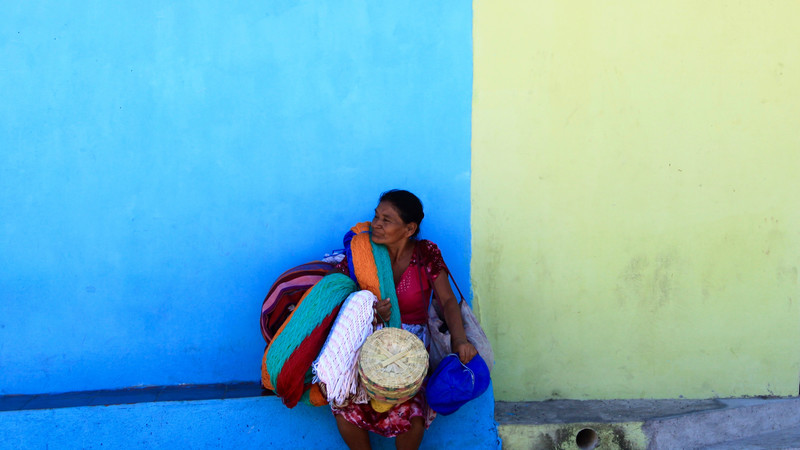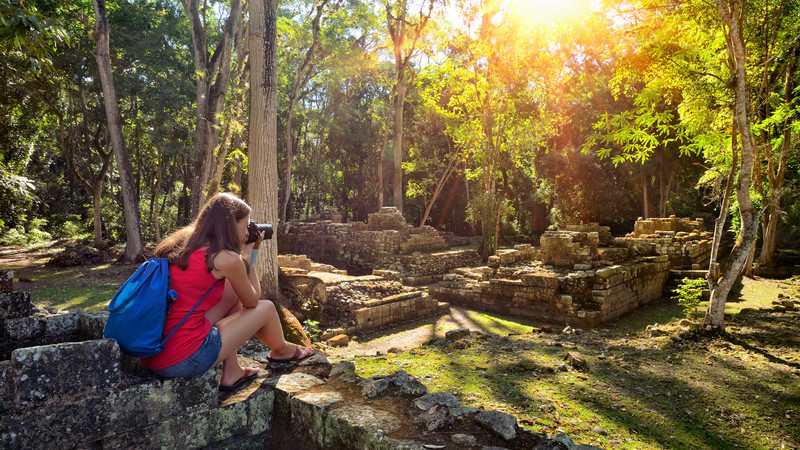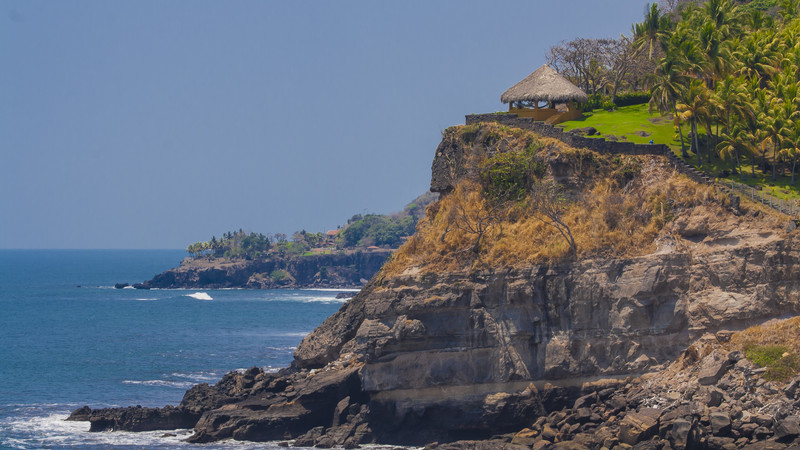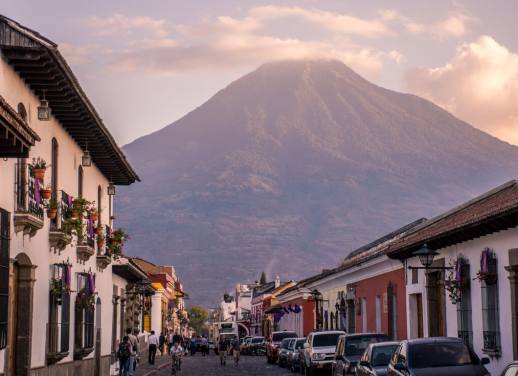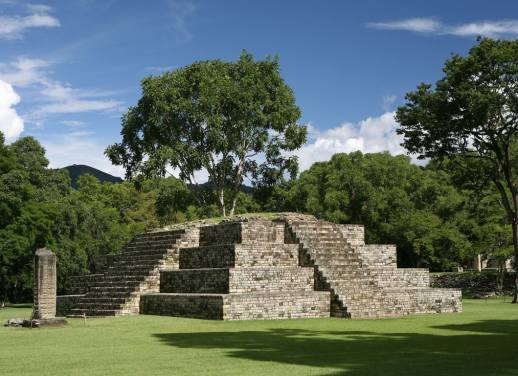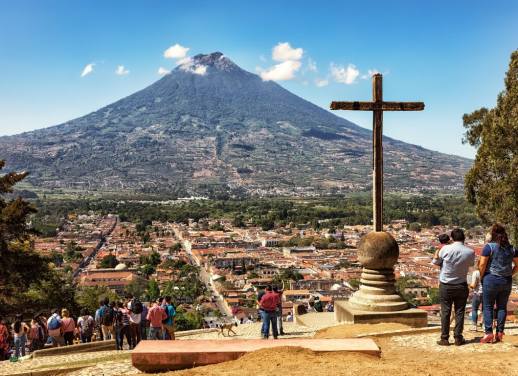Most people travel to see, do, eat new things and of course interact with different cultures. One part of that interaction is to learn a country’s history, understand how the culture developed and get to know the defining moments in its past.
Most of us have been to that partially excavated pyramid, the jungle-cloaked 400-year-old temple, the crumbling citadel, the mostly buried city, or whichever other ancient ruin. Ancient sites are exactly that, ancient. So old they are literally falling apart, stripped of their prized jewels and decoration, faded in colour and weathered from time. Don’t get me wrong, they are amazing and I certainly visit them. But to appreciate these sites you need imaginations running at full capacity, reliance on the certified guide to point out the significant achievements of that civilisation, squinted eyes to fill in the structural gaps. At first, exhilarating; later, tedious.
I’ve travelled a lot, but mainly through Latin America. You’ve got the Incas in the south and the Mayans in the north. These are the civilisations that the regions flaunt.
Here, most travellers start in Mexico and then head south. Mexico is a huge country and has some of the most important ancient sites of the region. Most people can keep up that ruin-enthusiasm until they hit the Caribbean coast and balance out all the learning with some beachside debauchery. Say you head south, maybe have a little break from ruins in Belize, hit the beaches, do some snorkelling. Cross into Guatemala and that enthusiasm is replenished again – you are ready to see the much-talked-about Tikal National Park. You get through it and enjoy it, but you are almost ruined-out. There’s perhaps a couple more you want to see to finish the picture, you know, get to the end of the book and make sure you haven’t missed any twists. So maybe you go for Copan Ruins in Honduras, but maybe you’re also ready for something new, something relatable, something relevant.
Lucky for you, El Salvador is next. If Central American countries were a family, El Salvador would be the mysterious, dicey, intriguing brother. I say – perfect. Here at Intrepid, we’re always looking for the path less travelled and who doesn’t want to uncover the mystery?
CHECK OUT INTREPID’S 10-DAY ‘EL SALVADOR EXPLORER’ TRIP
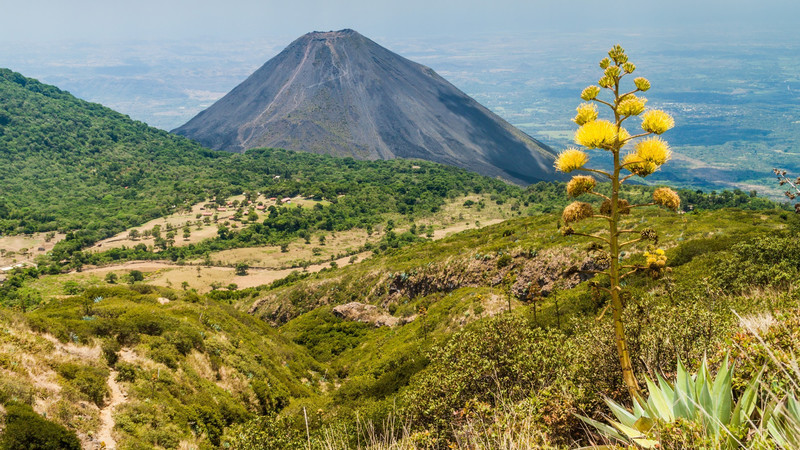
Izalco volcano
And I think El Salvador’s recent history is refreshing. You won’t be visiting sites that look like an abstract painting or imagining a civilisation that sacrificed virgins to the gods or picturing a lifestyle that is incredibly far removed from the life you live now.
READ MORE: 5 REASONS WHY EL SALVADOR SHOULD BE ON YOUR TRAVEL RADAR
In El Salvador, you will hear the challenges of the civil war that ended just 25 years ago. You’ll learn how this war has affected their country and culture, but also, hopefully, see the flourishing that has happened post-war.
I think this makes it particularly easy to understand and engage with because it is during our lifetime. A time we can relate to, a time we understand, but in a time where these types of wars should not need to take place. It’s a reminder that we still live in an evolving world where cultures and people of the same land can clash, just like those ancient civilisations did too.
The Salvadorian civil war was a conflict between the military-led government and the Farabundo Martí National Liberation Front (FMLN), a coalition or “umbrella organization” of five left-wing guerrilla groups. It began around 1980 and ended in 1992.
You can talk with the very people who lived through these times and built some monumental war sites themselves. You will see remnants of a guerrilla camp that you yourself could still replicate with the materials by your feet. You will sit amongst people that were personally impacted by the war. In Suchitoto, for example, you can hike in Cinquera National Park which was a stronghold of guerrilla resistance and talk directly with a guerrilla fighter.
SUBSCRIBE TO INTREPID’S NEWSLETTER FOR TRAVEL STORIES, COMPETITIONS, GIVEAWAYS & MORE
Of course, there’s so much more to El Salvador than its past. There are countless parts of the country you don’t want to miss.
Contemplate a visit to lake Suchitlán, a bird migration zone with over 200 species. Enjoy Ruta de las Flores, a 36km-long winding trip through both nature and local communities. Or to debrief after the history lesson, you can head west to any of the beachside towns such as El Tunco or El Cuco to relax in an eco-resort.
It’s a country with a story to tell but also a country with lots to offer. The people are welcoming, the beers are cheap and sites are almost tourist-free. Being a small country, driving times are short so you can easily visit the mountains or the cities or the pacific coast. It’s a country that did have a bad reputation, but things are really on the up. Promise.
Get there now before the tourists flock and enjoy those $1 lunches and uncrowded streets.
Want to pay this magnificent country a visit? Check out Intrepid’s range of small group adventures to El Salvador.
—
(Hero image c/o Patrizi Rudoni and repeated inline. All other images c/o Intrepid Travel.)

